Entry Category: Radio
Billingsley, ReShonda Tate
 ReShonda Billingsley
ReShonda Billingsley
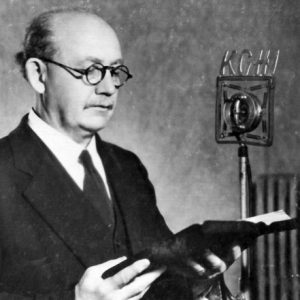 Benjamin Bogard
Benjamin Bogard
Burns, Bob
aka: Robin Burn
 CAREN Board
CAREN Board
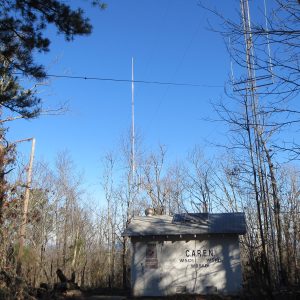 CAREN Building
CAREN Building
 CAREN Equipment
CAREN Equipment
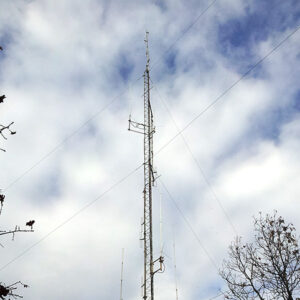 CAREN Tower
CAREN Tower
Cates, Opie
 Opie Cates Recording
Opie Cates Recording
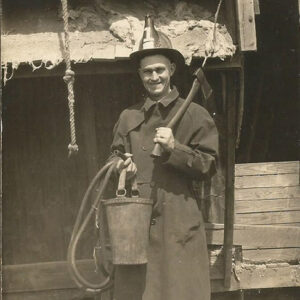 Cedric the Fire Chief
Cedric the Fire Chief
Central Arkansas Radio Emergency Network (CAREN)
 Clinton Building
Clinton Building
Dean, “Dizzy”
aka: Jay Hanna Dean
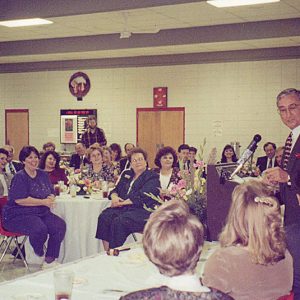 Paul Eells
Paul Eells
Eells, Paul Irving
Elder, Jim
aka: James Albert Elder
Goff, “Tuffy”
aka: Findley Norris Goff
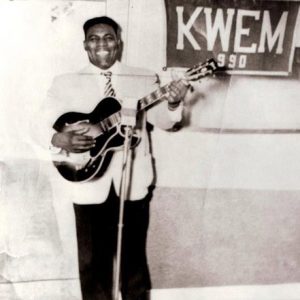 Howlin' Wolf
Howlin' Wolf
Johnson, Billy Farrel (Bill)
KAAY
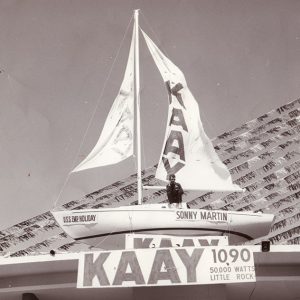 KAAY Boat
KAAY Boat
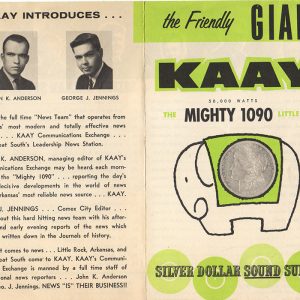 KAAY Brochure
KAAY Brochure
 KAAY Sound Survey
KAAY Sound Survey
KABF
KASU [Radio Station]
 KATV Sports Team
KATV Sports Team
KBTA
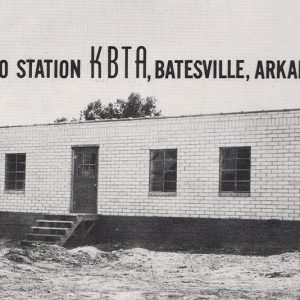 KBTA Studio
KBTA Studio
KBTM [Radio Station]
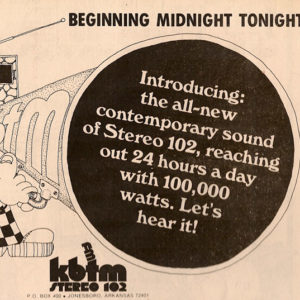 KBTM Ad
KBTM Ad
 KBTM Antenna
KBTM Antenna
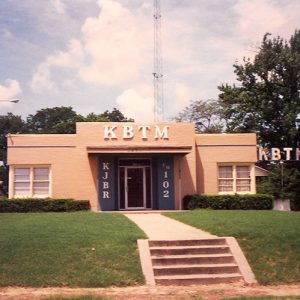 KBTM Building
KBTM Building
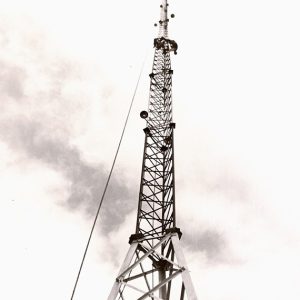 KBTM Tower
KBTM Tower
King Biscuit Time
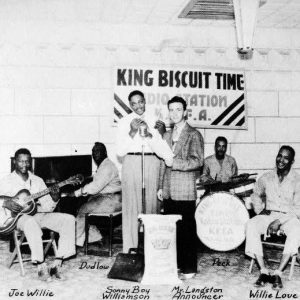 King Biscuit Time
King Biscuit Time
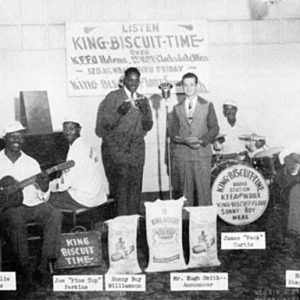 King Biscuit Time
King Biscuit Time
 KJBR Tower
KJBR Tower
KMJX [Radio Station]
aka: Magic 105
aka: The Wolf 105.1
KOKY
KTHS
KUAF
KUOA
KWEM
 KWEM Automobile
KWEM Automobile
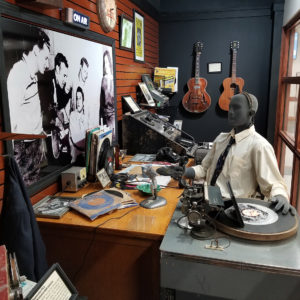 KWEM Display
KWEM Display
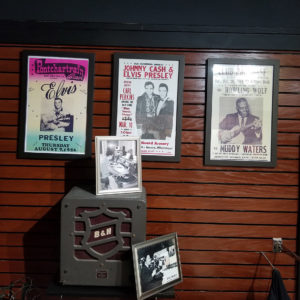 KWEM Display Items
KWEM Display Items
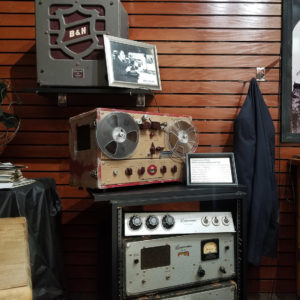 KWEM Display Items
KWEM Display Items
 KWEM Studio
KWEM Studio




